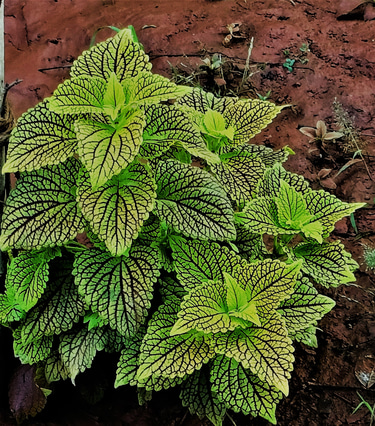Leaves and their types
The color 'Green' symbolizes calmness, peace, progress and hopes. It often refers to nature, plants, trees, crops, gardens. This greenery is imparted by leaves. Botanically green color of the leaf is impregnated by presence of chlorophyll.
Satish Naik
7/16/20239 min read

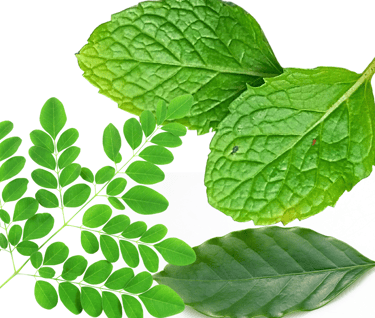
LEAVES
Color green symbolizes the peace, prosperity and hopes, at the same time greenery represents nature, may be plants, forest, grass, crops. These greenery is solely because of presence of leaves. The green color is imparted to leaves because of the presence of pigment Chlorophyll. Chlorophyll is meant for abortion of light energy to aid in the process of photosynthesis.
The leaves are important part of shoot system of any vascular plant. These are laterally growing appendages which meant for photosynthesis. Presence of chlorophyll pigment make them appear green. They are connected to vascular system of plants which receives water and nutrients and trans-locates end product of photosynthesis to entire plant. Leaves are initiated by apical buds of plant shoot system, appear in different size and shapes, varied margin and venation. Some time leaves are attached to shoots with stalks or some times directly.
Functions of leaves
Main function of leaves is photosynthesis where food (glucose) is produced. In the process of photosynthesis, carbon dioxide and water are converted into glucose and oxygen in the presence of light entrapped by chlorophyll. Presence of small spores called stomata intake the carbon dioxide required, form atmosphere and releases oxygen synthesized into atmosphere. Presence of stomata also helps in transpiration of excess water from leaf to enable carrying of water and nutrients from root to shoot. The process also keep the leaf surface cool.
Leaves are the index of plant heath. Presence of enough number of green leaves or canopy represents that plant is getting sufficient nutrients and adequate water. Leaves are the first to reflect the incidence of any plant disease, may be by withering or fading or yellowing or development of spots, lesions, streaks, etc. Leaf is the part mostly attacked by insect pests and thus indicates presence of infestations.
Parts of leaves:
Lamina: Blade like expanded portion of leaf which contains major portion of chloroplast, thus the center for photosynthesis.
Petiole: Portion of the leaf through which they get attached to shoot or stems. Petiole may be short or long or absent. Petiole gives a proper arrangement of leaves along the stem.
Sheath: part of the leaf through which it clasps the stem, mainly in case of grasses and plants belonging Umbeliferae (Apiaceae) family, like celery carrot, coriander and others. Several monocotyledons like wheat, maize and grasses have leaf sheath.
Pseudopetiole: It is a petiole like portion between leaf sheath and leaf blade as in case of banana and bamboo.
Stipules: A pair of leaf like appendages exist at the base of the leaf. Sometimes these are modified into spines and glands. Stipules are protective in function for leaf and flower buds. In some plants stipules are conspicuous or in some very tiny or absent. Stipules are prominent in dicotyledons.
Stipels: These are similar to stipules, but present at the base of leaflets of compound leaves.
Veins: Veins are vascular bundles of leaves. Arrangement of vein on lamina is called as venation. Veins receives the water and nutrients brought from vascular system into leaf and transport back to food synthesized at leaf.
Leaflets: leaflets are components of compound leaves.
Petiolule: Stalks of leaflets in case of compound leaves are called as peiolule.
Modifications of Leaves:
Bracts: Bracts are modified leaves in some plants, often smaller and rarely larger in size and in varied shapes, color and texture. Usually bracts are associated with reproductive structure of the plants like flowers and inflorescence. Plants having bracts are referred to bracteate or bracteolate where as those without bract as ebracteate or ebracteolate.
Bracteoles or bractlets: These are similar to bracts developed on the side of the pedicil of flowering plants. These are secondary bracts subtending a flower in an inflorescence.
Lycophylls: Here leaves are developed from intercalary meristem. In this case vascular system is uninterrupted and continuous.
Euphylls: In this case, leaves are developed from apical meristem, thus vascular system in interrupted.
Scales: Scales are the modified leaves, other than green in color and meant for protection in some plant parts like flower buds, rhizomes.
Palea: It is bract subtending individual flowers in case Asteraceae. Inner and upper bracts found at the base of the grass florets are also called as palea.
Lemma: Lower and outer bracts found at the base of the grass florets.
Glumes: Pair of bracts found at the base of the grass spikelets are called as glumes.
Spathe: These are the bracts enclosing inflorescence. These are often large, fleshy and conspicuous. Ex. Inflorescence of Areca nut and Coconut, Anthurium.
Cataphyll: It is a rudimentary scale leaves appear in hypogenous seedling, which is protective in function. It lacks chloroplast.
Epicalyx: It is the bract which resembles sepals in case of Malvaceae family. It is an additional whorls around the calyx of a flower.
Phyllode: Phyllode is the modified or expanded petiole that replaces leaf blade and functions as leaf. Usually they remain larger and wider than leaf blade and function as leaf. It is common in genus Acacia.
Tendril: It is modified leaflet or rachis which coils and helps the stem to twin around the support. Sometimes tendrils also a modification of stem or petioles. Length of the tendrils vary from few inches to few feet.
Trap leaves: Sometimes leaves of the plants are modified to catch their pray, especially in insects. Here leaves move mechanically to catch the pray and to digest the same later on. Ex. Dionaea muscipula (Venus flytraps). Here terminal portion of leaf is provided with trigger hairs to initiate the movement of leaf to catch the pray that comes in contact.
Tentacular leaves: Here leaves are provided with numerous sticky hairs or bristles to hep them catching and digesting their foods. Ex. Drocera capensis.
Pitcher leaves: In this case, leaves are modified into a container and provided with fluids to aid catching and digesting the small insects as their food. Usually prays are lured by attractive pigmentation and coloration and sweet nectar as well. once the prays fall into cups formed by leaves, they are not allowed to escape in the presence of waxy scales, cuticular folds and projections, downward tending bristles. Small liquid bodies called phytotelmata in the containers forces the pray to drown and dissolve.
Spines: Sometimes any part of the leaf develop into sharp and pointed spines. Spines may be a modification of leaf lamina or petiole or mid rib or secondary veins. They perform the functions of protection of plants from herbivores. In case of cacti spines help the plant to insulate against high temperature. Sometime spines are confused with thorns and prickles. Thorns are modified stems which are simple or compound. Prickles are sharp and stiff extension of cortex and epidermis.
Centric leaves: In this case leaves are modified into cylindrical shape, to cope up with extreme weather conditions, like in deserts, to loose as less water as possible through transpiration. Ex. Fenestraria.
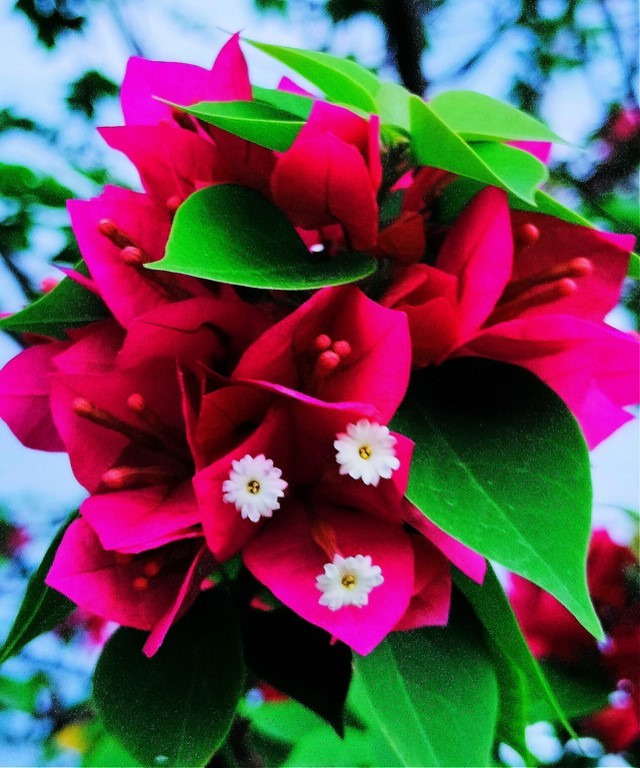
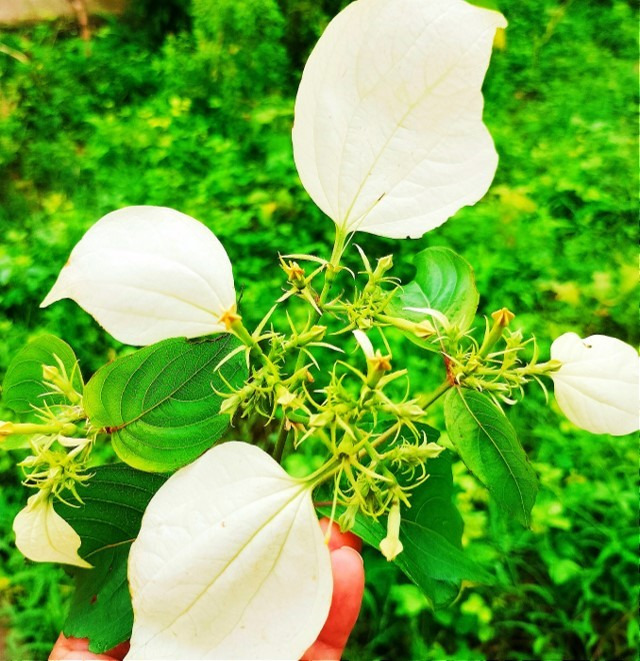
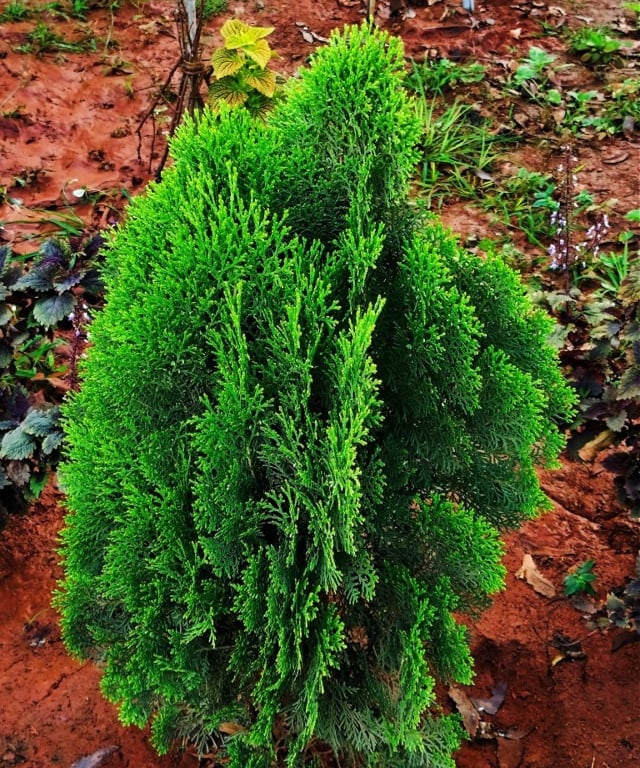
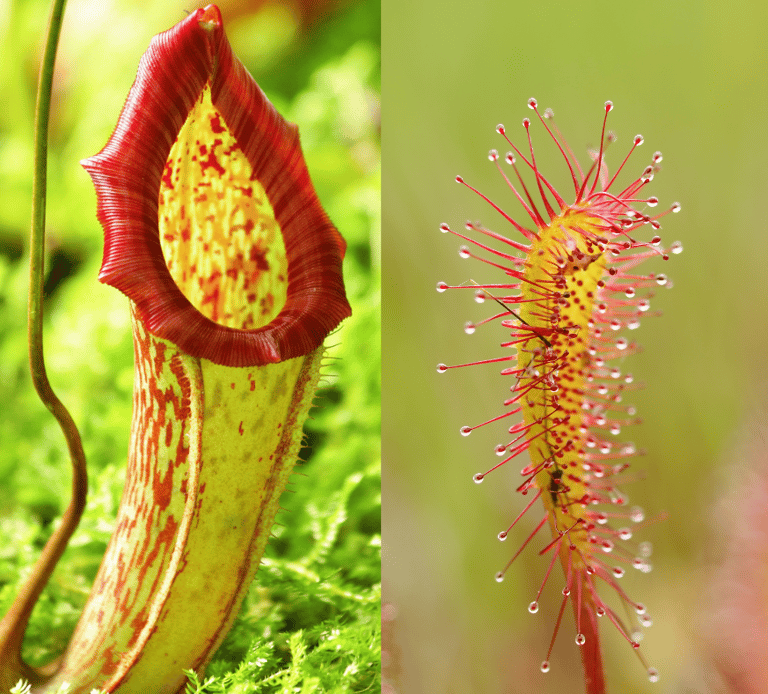

Type of leaves:
Simple Leaves: These are the leaves with single continuous blade.
Compound leaves: A leaf which is divided into separate leaflets and arranged on central axis called Rachis are considered as compound leaves. The first division is called Pinna and further divisions are Pinnules.
Classification of compound leaves: Compound leaves are further classified in accordance with arrangements of leaf-lets on rachis.
Pinnately compound leaf: Here leaflets are arranged along the central axis or rachis. It may be paripinnate where rachis end without a terminal leaflets and have even number of leaflets. Other way is imparipinnate where rachis end up with a terminal leaflets and total number of leaflets are odd.
If order of leaflets are only two, then leaf is called as bipinnately compound. Here main central axis is called rachis and secondary axis rachillae. If order or division of leaflets is three, then leaf is tripinnately compound. Here leaf has one rachis and one secondary and one tertiary rachilla.
Palmately compound leaf: In case of palmately compound leaf, leaflets are arranged at one point of rachis, may look like palm.
Other terminologies related to classification of leaf:
Costapalmate leaves: In this case, leaves petioles show rachis like extension called costa, as in case of some palms. Leaflets are arranged on full length or partially along the costa to give oval or round appearance.
Geminate Leaves: A compound leaf with only two leaflets.
Bigeminate leaves: A compound leaf with two rachillae, with two leaflets on each rachilla.
Unifoliate leaves: A single leaflet attached to apex of the petioles.
Decompound leaves: A leaf is more than once compounded, with two or more orders.
Type of leaves based on mode of attachment:
Petiolate leaves: Leaves with petiole or stalk. The stalk may be short or long, with the help of which leaves attach to stem.
Sessile leaves: Leaves without petiole or stalk and leaf blades directly attach to stem.
Sheathing leaves: Leaves contain flattened leaf base called sheath which partially or fully clasps the stem.
Decurrent leaves: Leaf base partially fuse around the stem and unclasped portion of the leaf hang downwards.
Amplexicaul leaves: Sessile leaves clasps most of the circumference of the stem but not full.
Perfoliate leaves: Sessile leaf clasps the entire circumference of the stem.
Connate perfoliate leaves: Here two opposite perfoliate leaves fused together to completely surround the stem.
Classification of leaves based on their arrangement on shoot:
Leaves are classified as opposite or alternate or whorl or spiral based on the arrangement of leaves on shoot. The type of arrangement are called as phyllotaxy.
Alternate leaves: Here leaves are arranged alternatively. A single leaf is arranged at each node and immediate next leaf is arranged in next node in opposite direction.
Opposite leaves: in this case, a pair of leaves are arranged on shoots at same node at opposite direction.
Whorl leaves: Here, more than two leaves are arranged at same point or node and arranged in different directions.
Spiral leaves: It is a alternate kind of leaf arrangement, but more than one leaves arranged on different direction to look the arrangement spiral.
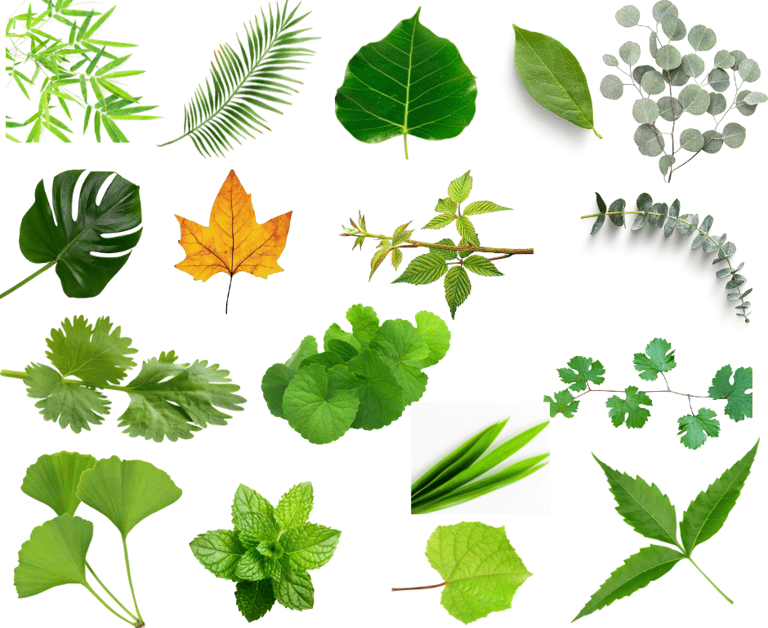

Leaf venation:
Arrangement veins on leaves is called leaf venation. Veins are vascular bundles found on leaves. Main vein otherwise called midrib. Others veins originates from mid ribs are called as secondary and tertiary veins. Leaf venation also act as a physical support to leaves to stand flat or erect or move the leaves according to position of sun. Leaf veins also helps in receiving the water and nutrients brought from vascular system and trans locates photosynthates from leaf to other parts.
Types of venations:
Univervous venation: Here, leaf has midrib and with out any lateral veins.
Dichotomous venation: In this case, mid rib branches distally into a pair of veins of equal size.
Parallel venation: Leaf in which primary and secondary veins run parallel to each other, as in case monocotyledons.
Netted or reticulate venation: Here veins and veinlets forms interconnecting net like patterns, as in case of dicotyledons.
Leaf Margins:
Leaf margin refers to edge or boundary of leaves. Margin of leaves are unique to species to species and helps in identification of plants.
Types of leaf margins:
Entire margin or entire leaves: in this case, leaf margin is smooth and continuous without any notch or dentition.
Dentate Margin: Leaf margin shows teeth or dentition and teeth are sharp and pointed outwards.
Serrate Margin: Teeth on the leaf margin are sharp and pointed upward and resembles saw.
Crenate Margin: In this case leaf margin are toothed, but teeth are round instead of sharp or pointed.
Lobed Margin: In this case, leaf margins shows deeper dentition towards midribs.
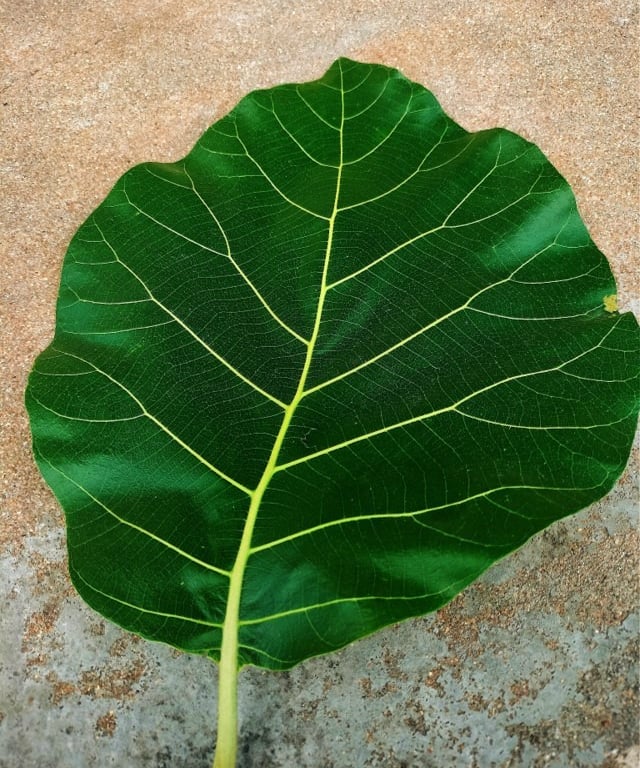
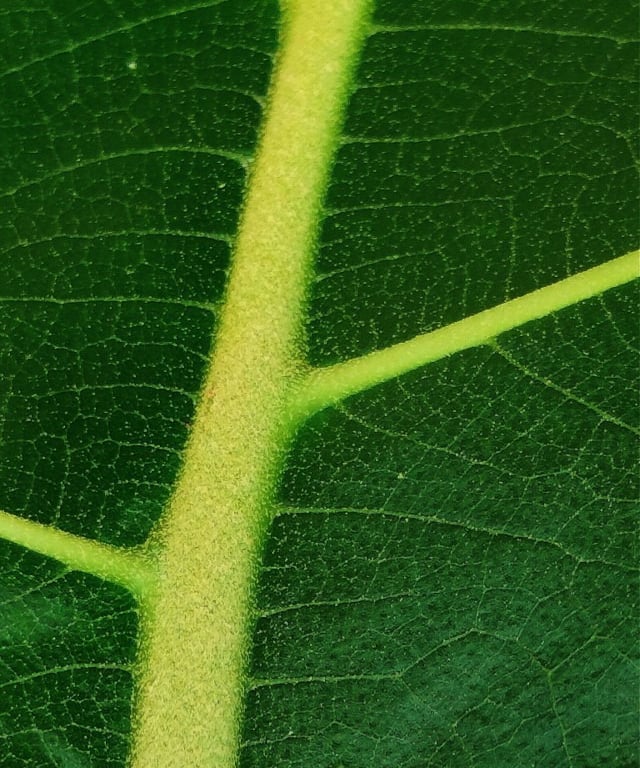
Senescence in leaves:
Process of aging is called as senescence. The same happens in leaves. It is a natural and physiological phenomenon, induced by aging or biotic and abiotic stresses, phytohormones and oxidants. During the process, breaking down of cellular structures and bio-molecules occurs and resultant products are mobilized to use them for the growth of tissues of flowers, seeds, tubers, etc. Common visible symptom of senescence of leaf is yellowing, as a result of loss of chloroplast and at the same pigment like carotinoids have not yet disappeared. Rate of senescence is relatively faster in later stage of plant growth where there is shifts from vegetative to reproductive phase. Senescence increases with stresses like scarcity of water, nutrients, light. In some species leaf senescence is seasonal. Deciduous plants shed their leaves completely or partially to cope up the severe climatic conditions. In case of some plants like coniferous and palm, leaf senescence is very slow and plants retain leaves for a longer periods.
Newsletter
Sign up for our newsletter and get notified about all new posted articles.
ADDRESS
House No. 2-113(P), Visnumurthynagar, Kelarkalabettu, Thenkanidiyuru, Udupi
cONTACT
7975809540
satishmqc362@gmail.com
